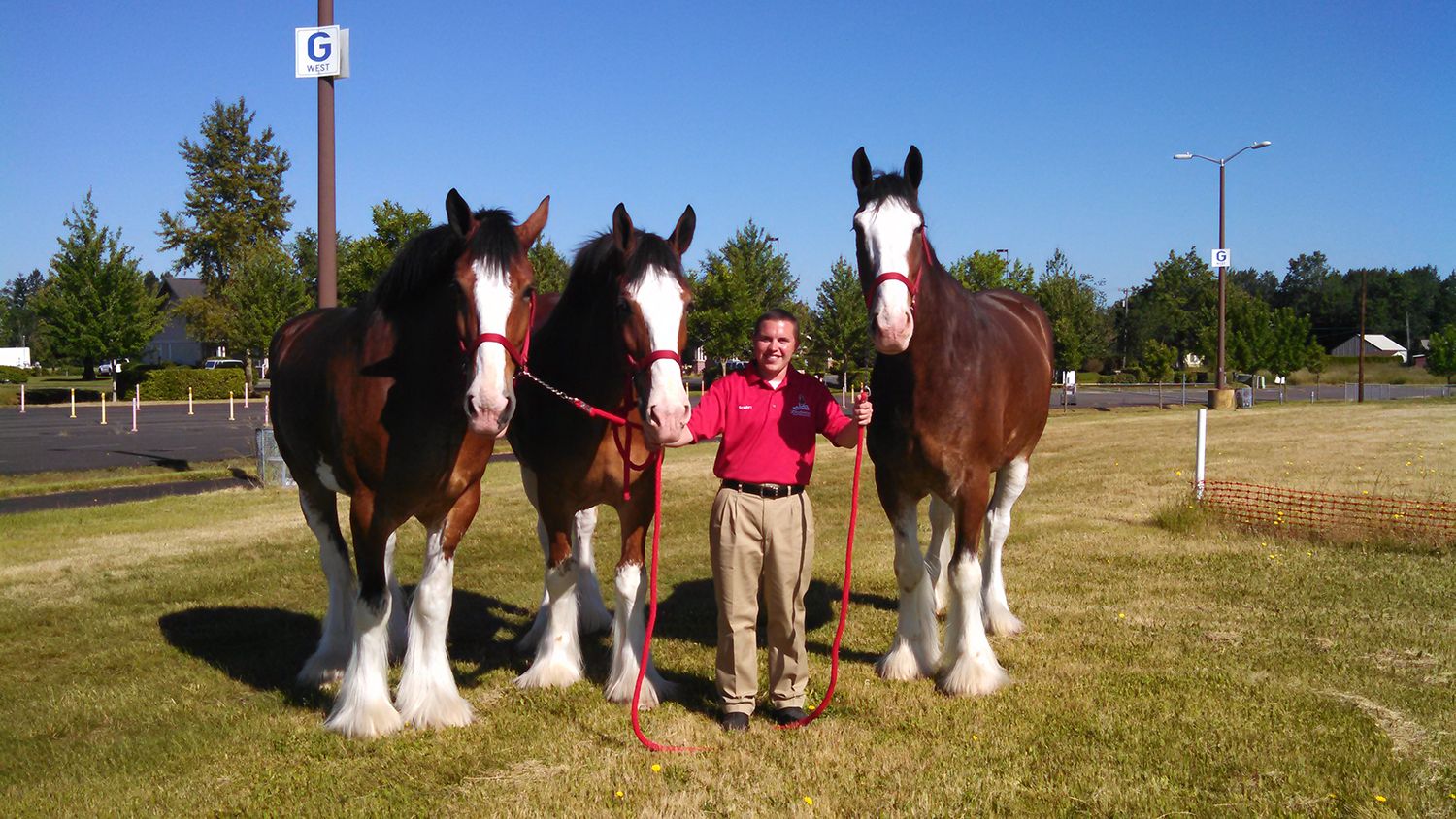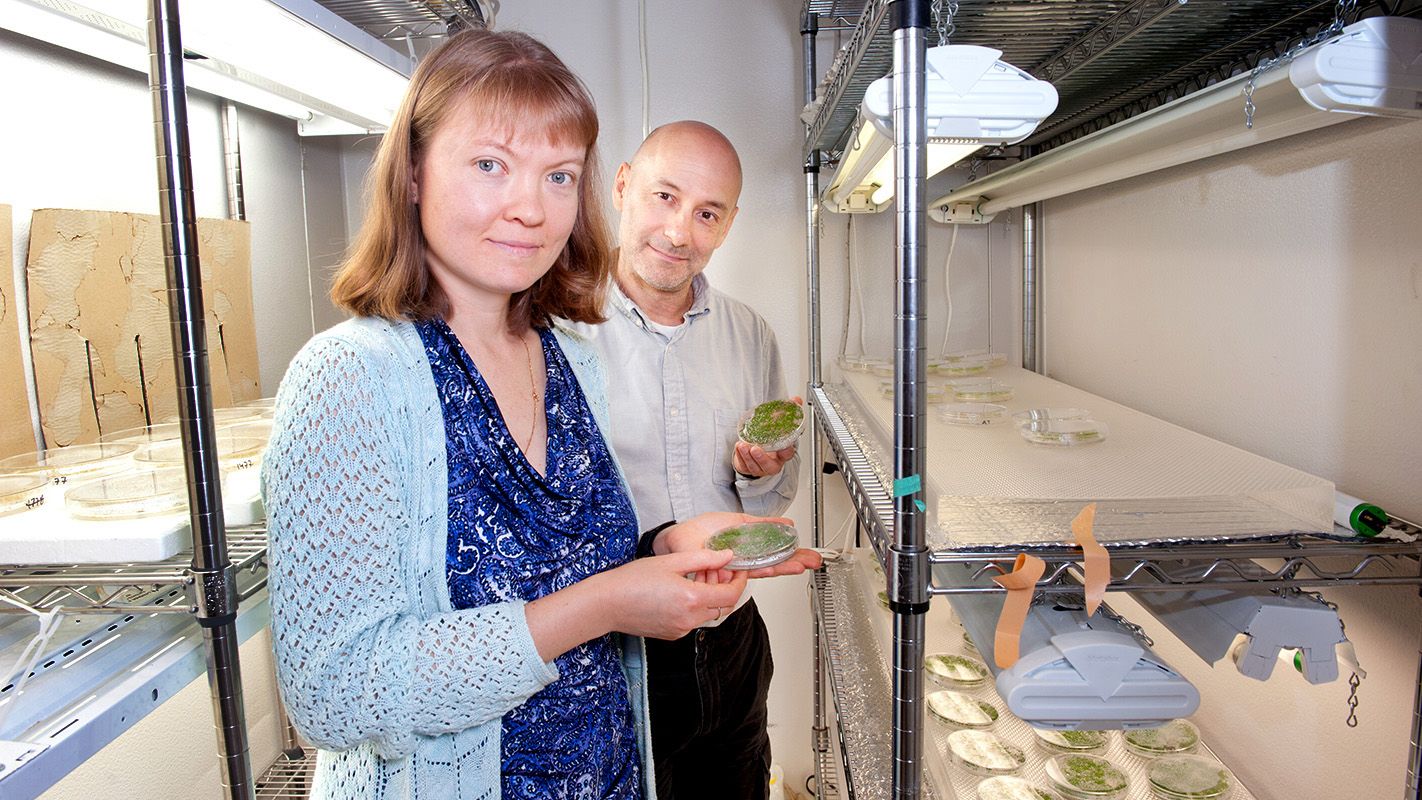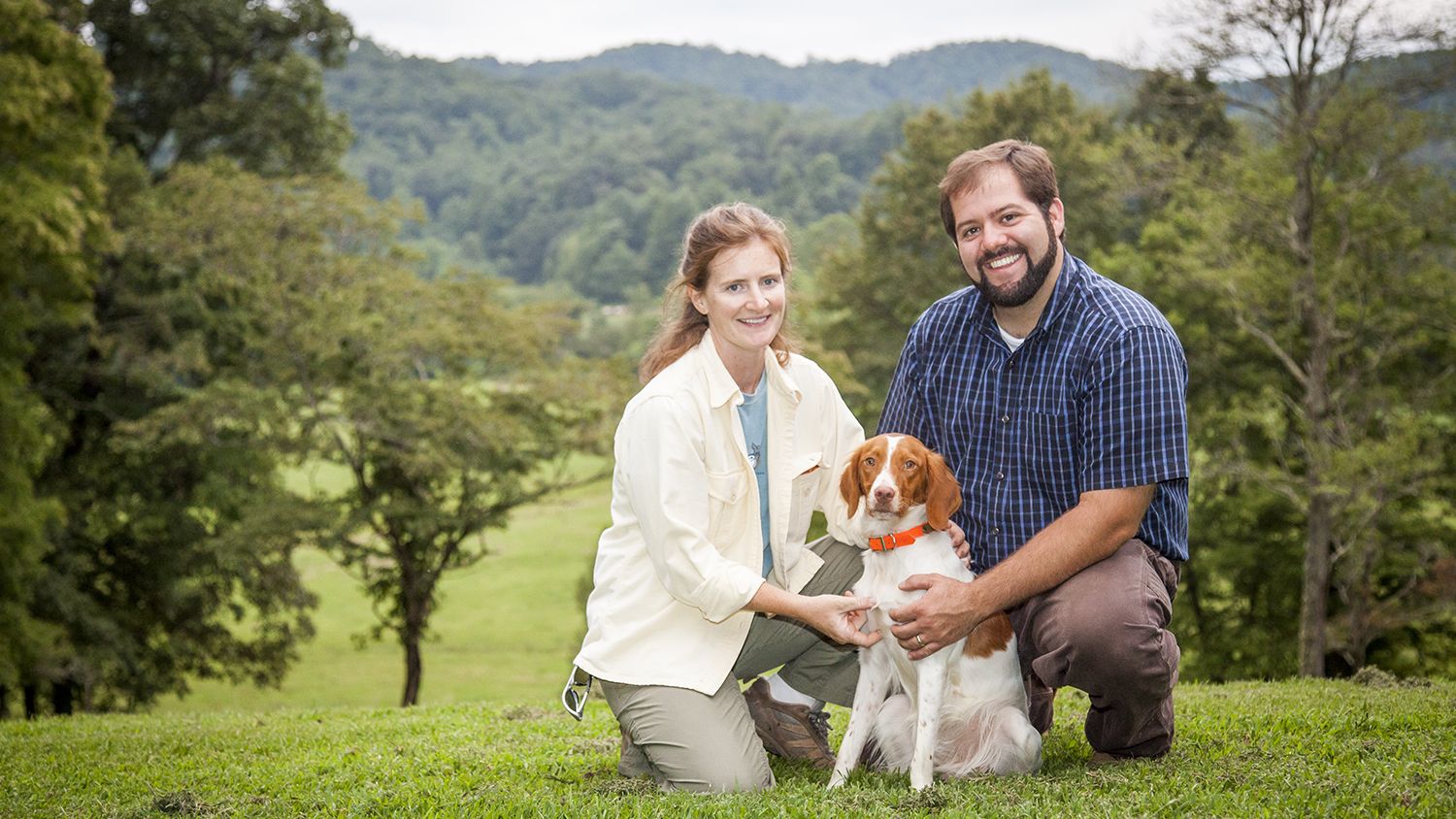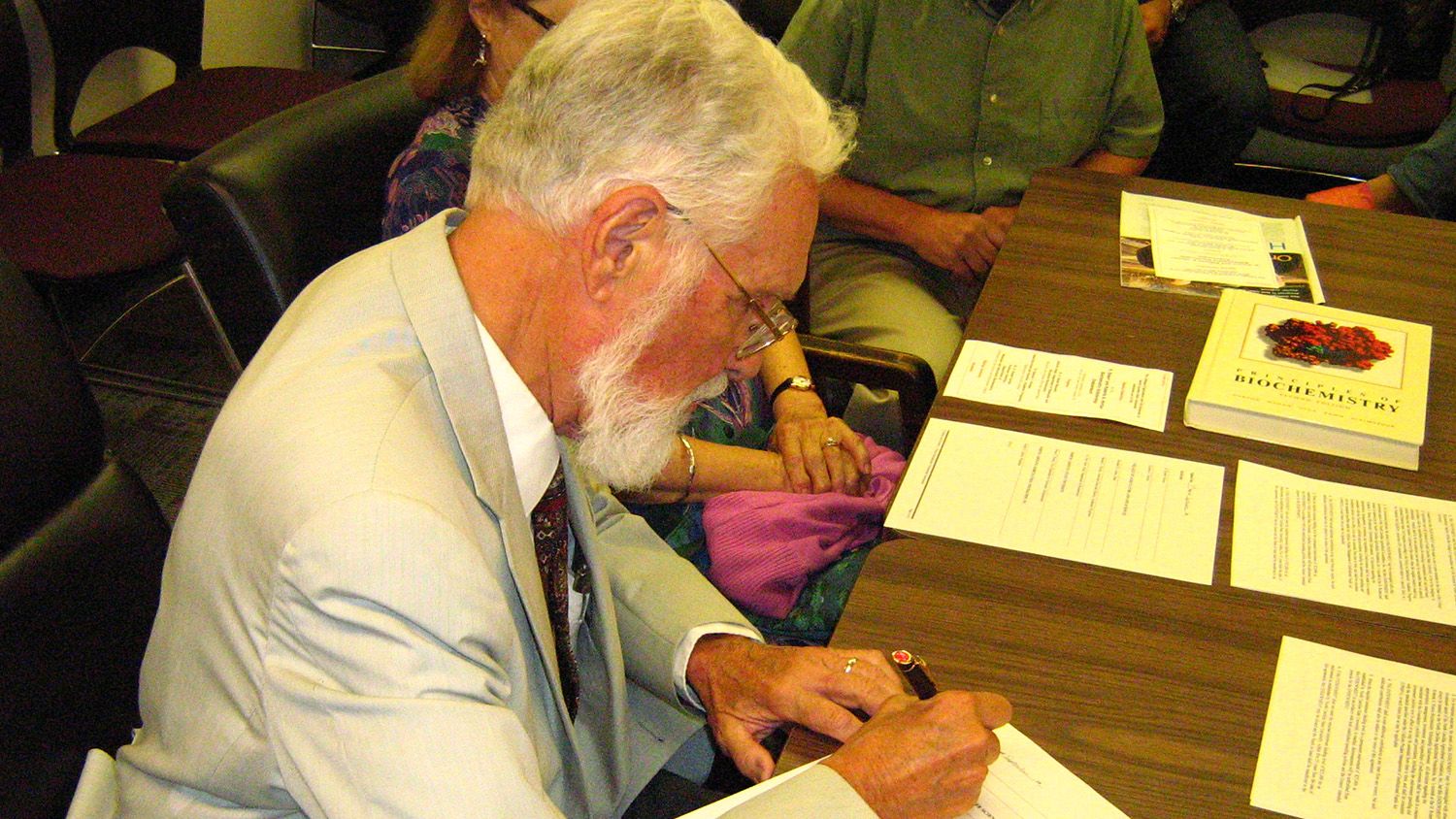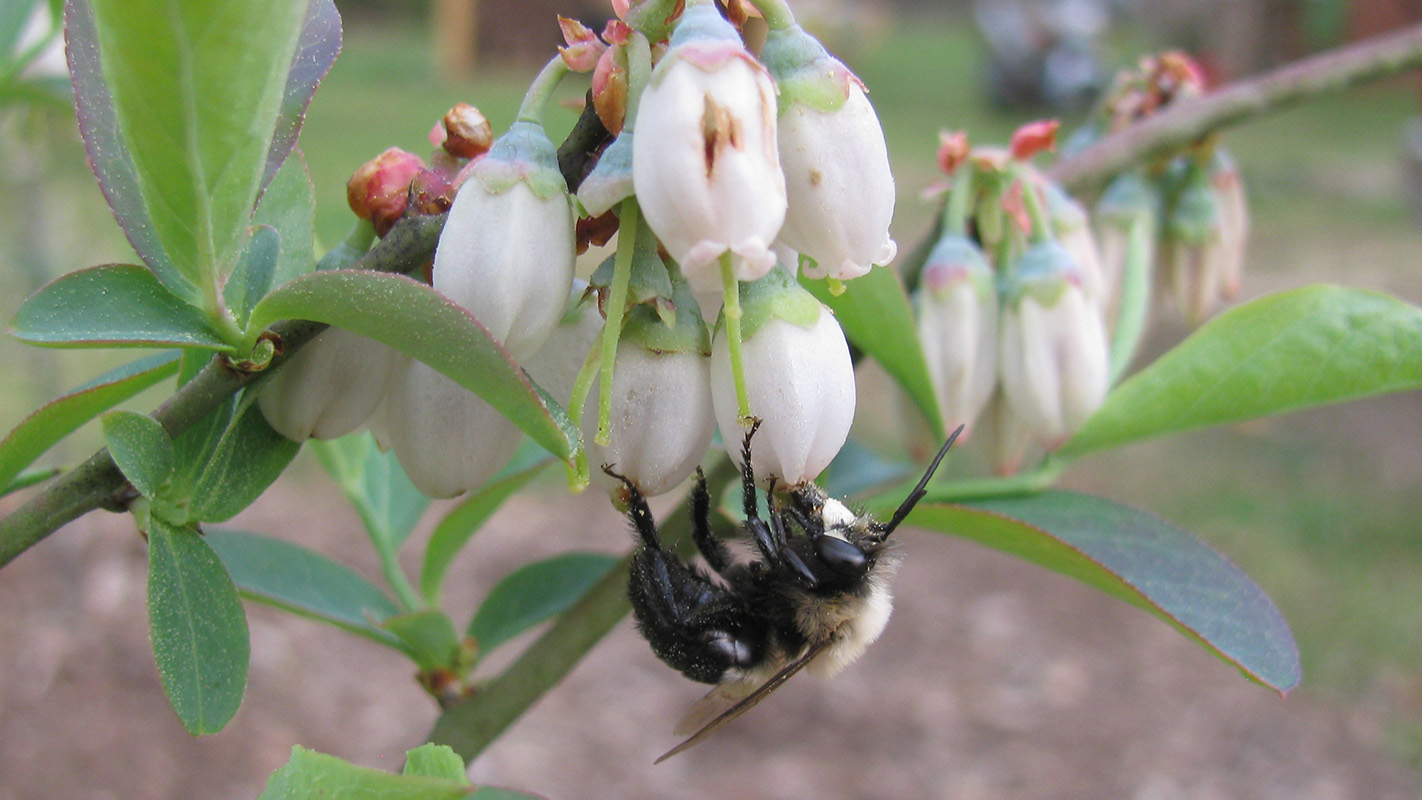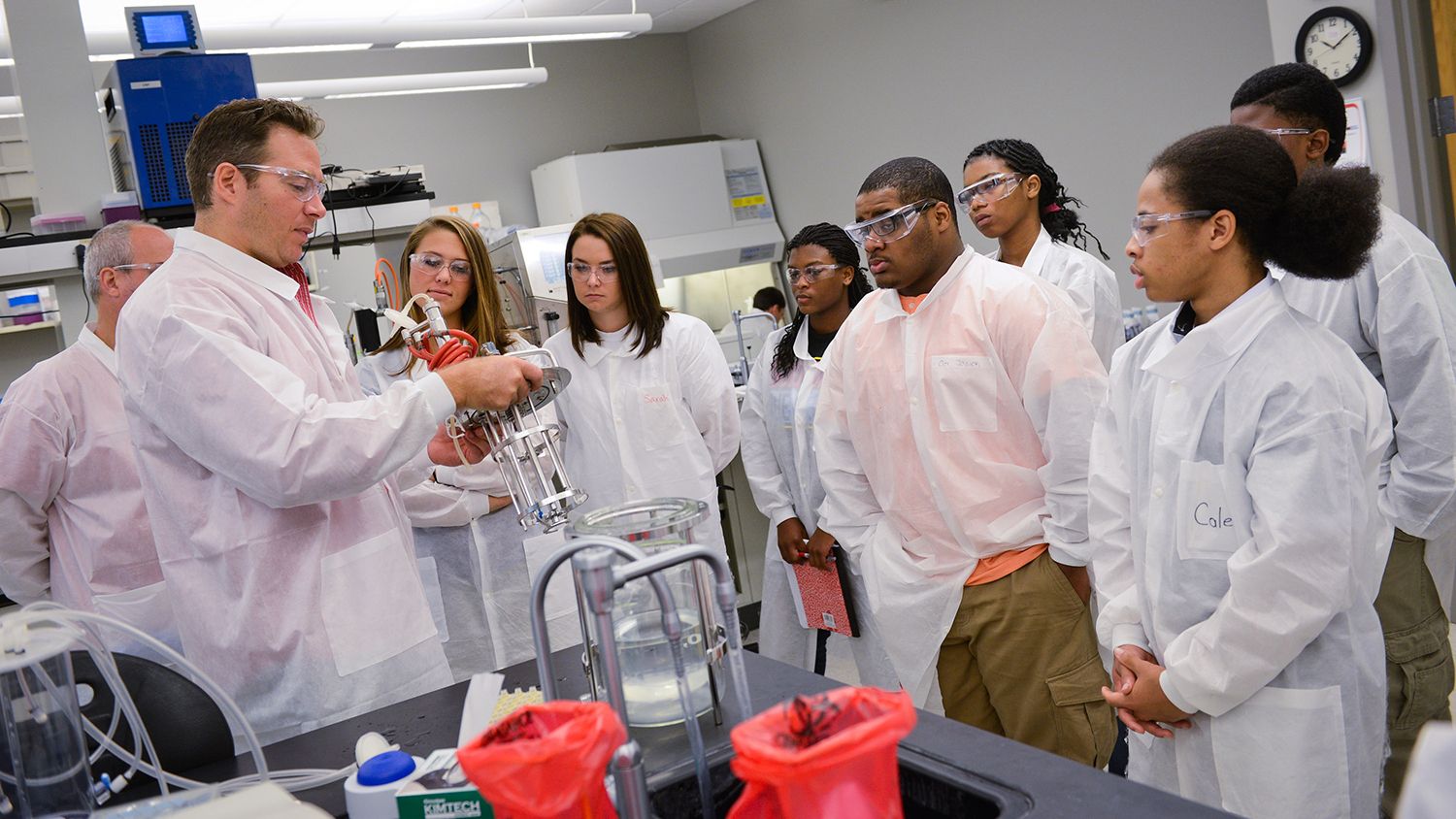Feb 5, 2015
Important implications: CALS team studies the distinct inflorescence structure of the dogwood
Dr. Bob Franks of NC State University’s College of Agriculture and Life Sciences has a bone to pick with those who determined that the dogwood is the state flower of North Carolina.
“It actually should be called the ‘state inflorescence,’” Franks, associate professor of plant and microbial biology, said with a laugh. And Franks would know, having spent the past five years working on a National Science Foundation-funded grant to study the inflorescence architecture, or variation in the arrangement of flowers, of the dogwood.
